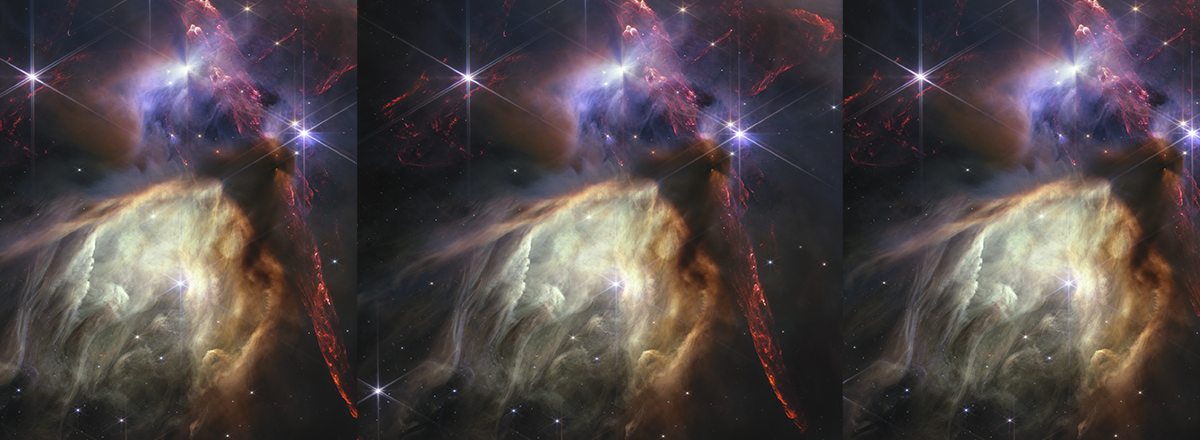NASA Released Webb's New Image of a Small Star-Forming Region
The featured image reveals the nearest star-forming region to us, located 390 light-years away. Its proximity allows for an unprecedented close-up view, devoid of foreground stars that would otherwise obstruct the scene.

To commemorate the completion of its successful first year of science operations, NASA's James Webb Space Telescope has unveiled a stunning image of a small star-forming region in the Rho Ophiuchi cloud complex. This image showcases the telescope's ability to capture the birth of sun-like stars in incredible detail.
The featured image reveals the nearest star-forming region to us, located 390 light-years away. Its proximity allows for an unprecedented close-up view, devoid of foreground stars that would otherwise obstruct the scene.
The image showcases approximately 50 young stars, all similar in mass to the Sun or smaller. The darkest areas represent dense regions where protostars are still forming within thick dust cocoons. The image is dominated by massive bipolar jets of molecular hydrogen, depicted in red, which extend horizontally across the upper third and vertically on the right. These jets occur when a star breaks through its cosmic dust envelope, propelling opposing jets into space, akin to a newborn stretching its arms out to the world.
Several stars in the image exhibit shadows, indicative of protoplanetary disks that may potentially evolve into planetary systems in the future.

